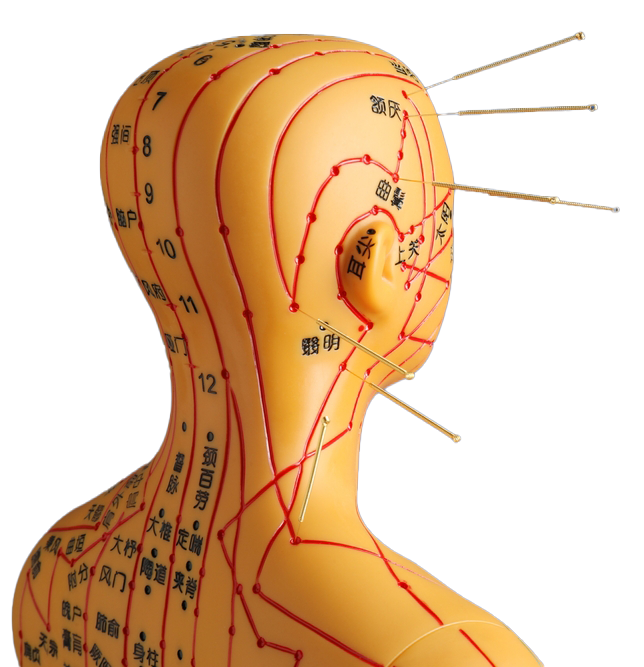- Faset eklem Radyofrekans Termokoagüalsyon (RFT) Tedavisi
- Radyofrekans Termokoagülasyon Dorsal kök ganglion (DKG) radyofrekans termokoagülasyonu (RFT)
- Diskit Prosedürü
- Sakroiliak Eklem Radyoferkans Tedavisi (Simplicity)
- Disk İçi Ozon Terapisi
- Nükleoplasti
- Transforaminal Enjeksiyon (Nokta Atışı)
- Faset eklem bloğu
- Epidural Enjeksiyon
- Anasayfa
- Hakkımızda
- Ağrı Tedavileri
- Ağrı Tedavi Yöntemleri

İlaç Tedavisi
Fizik Tedavi ve Rehabilitasyon
Enjeksiyon ve Girişimsel Tedaviler
İleri Düzey Tedaviler
- Ağrının Önlenmesi

Ağrının
ÖnlenmesiHasta Gruplarına Göre
Ağrı Yönetimi - Diğer Tedaviler
- Galeri
- Blog
- İletişim